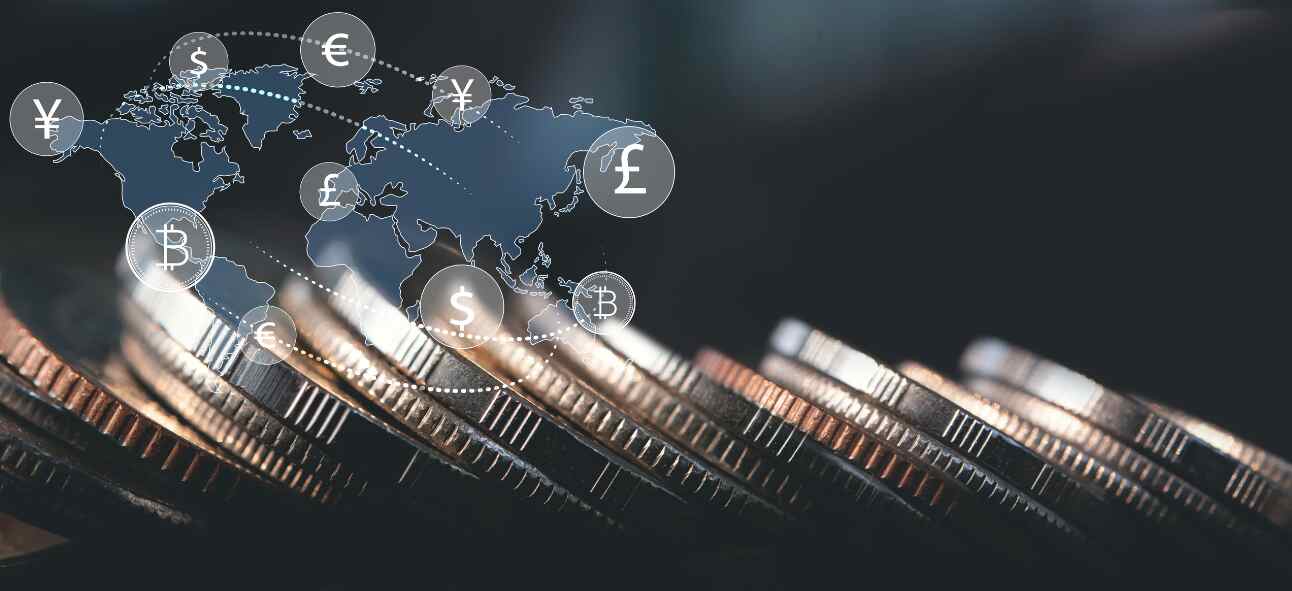Cross-border payments are subject to inefficiencies, costing money and time. Not having the right practices can slow down your cross-border payments process, and impact productivity, raise costs, and strain your relationship with suppliers. But these issues can be resolved by applying the right best practices and technology. In this blog, we outline some simple steps you can take to improve the efficiency of your cross-border payments setup.
6 Best Practices to Improve Cross-border Payments
1. Determine the Supplier’s Preferred Payment Method
Everyone likes to pay with a method they prefer. And this is true of your suppliers and affiliates as well. One might prefer a bank transfer, while another might seek a PayPal payment. This will depend on which country your supplier is located, what works locally for them, and how much time they are willing to wait for a payment to clear. And also, on the processing fees related to a particular payment method.
For example, some prefer account to account transfers or PayPal payments for smaller transactions, as the processing fee doesn’t eat away at margins. But for transactions of higher value, processing fees could be very expensive. In such cases, a supplier might prefer an alternative payment method. Hence, it is critical to understand what your suppliers prefer to give them the best and most cost-effective options. The more flexibility and choice you offer, the more your suppliers and affiliates will like doing business with you.
2. Pay in Local Currencies
Another good practice is to clearly identify the currency you must send payments in. For example, if you are based in the EU, but your supplier is in North America or Asia, they might not have a Euro bank account to accept payments in your currency. This means to accept payments in Euro, they might have to pay expensive FX conversion charges. Paying a supplier in their own currency removes this challenge. They do not have to pay extra FX charges, thus saving money and improving their cash flow. This also helps you negotiate newer payment terms, such as availing special pricing discounts from your suppliers.
3. Validate the Accuracy of Payment Data
Inaccurate payment data can lead to delays or lost payments. This can be quite frustrating for a small supplier, choking their cash flow and slowing down business. Hence, you must thoroughly validate the accuracy of payment data. Ensure you collect the right payment details from your suppliers during onboarding and record the data in a centralized repository. This will help you align invoices with payments, schedule your payments, and track them with precision. An automated global payments platform can help you do these tasks automatically, reducing human error and saving time. Such platforms also increase the efficiency of your global payments, giving you better visibility and control over them.
4. Comply with Global Payment Laws
Cross-border payments are subject to various local and global payment laws. You must ensure proper compliance with these to avoid penalties or disruptions to business. For example, in Europe, all international payments are subject laws such as anti-money laundering (AMLD), PCI DSS, and GDPR. If you were to take up the process of compliance on yourself, you would need dedicated teams taking care of it. This can be time-consuming and expensive. With a global payments platform, you can automate these processes to ensure all your payments meet the required laws. For example, when you work with Novalnet, we cover all of your compliance areas so that you are free to focus on your business.
5. Automate your Accounts Payables
Automate your Accounts Payable processes. This helps you schedule payments against invoices, track payments, and instantly reconcile them against invoices. Thus, you get real-time updates on which suppliers have been paid and which are pending. This helps you to act on priority items and close them on time. Plus, a single platform lets you upload all supplier payment info onto one portal, thus giving you a single-point visibility without having to run through hundreds of bills or spreadsheets. This saves you both cost and time. You also get better cash flow visibility and avoid fraudulent payouts when you use a automated global payments platform.
6. Team Up with a Global Payables Platform
Work with a global payments service provider like Novalnet. A global payments platform simplifies your international payments game and gives you better control. You can schedule thousands of payments, offer multiple payment methods, automate reconciliation, and pay all your suppliers on time. All with the click of a button. Plus, a global payments platform gives you total visibility of all your payments from one centralized location. This helps you to improve your cash flow and reduce overhead costs.
How can Novalnet help?
We can help you start accepting and making cross-border payments easily. If you are a business owner in Europe, then we have the right strategies and tools for you to widen your global reach and conduct business across borders. Novalnet is a global PSP, trusted by Europe’s leading brands to handle their payments. Our state-of-the-art technologies and methods help you accept payments globally. From our instant payment plug-ins to our AI-based risk management tools, we have the resources to get your payments up and running in no time, and with zero hassle. Reach out to us today to know more.
Jose Augustine is the Chief Business Development Officer at Novalnet with extensive experience in European payment industry and a knowledge powerhouse.












